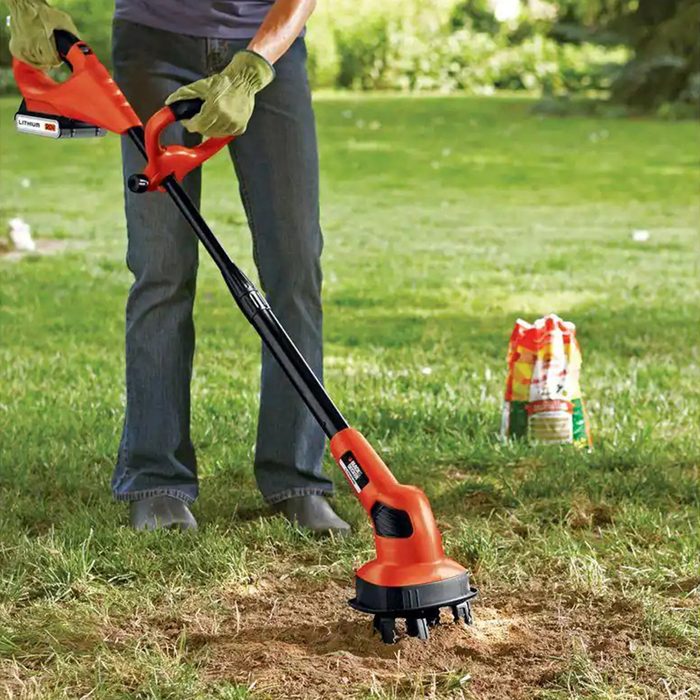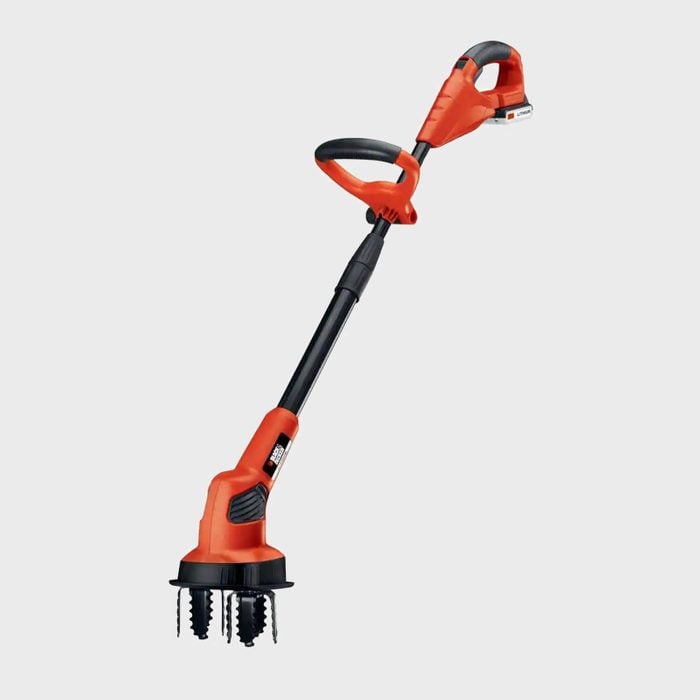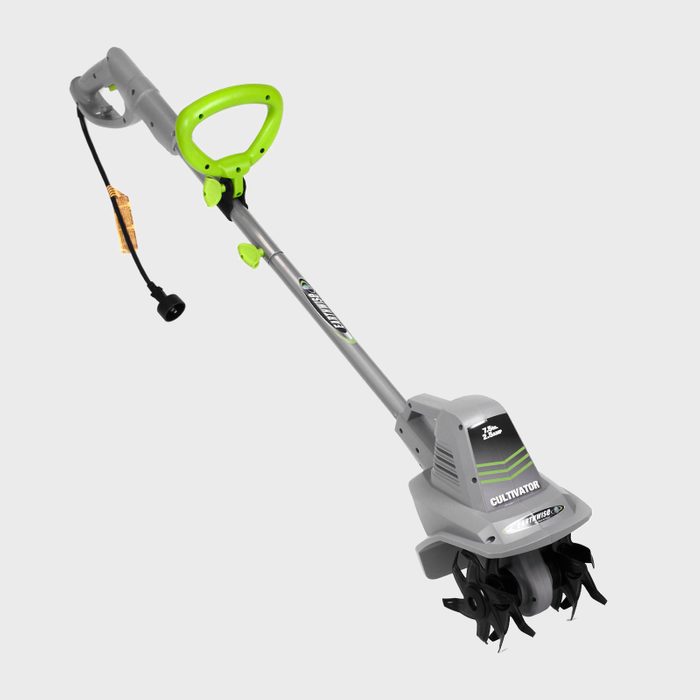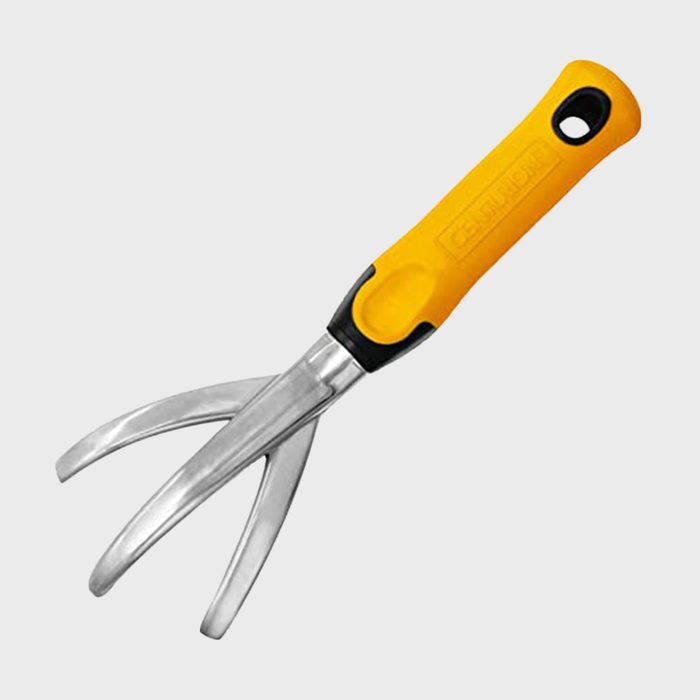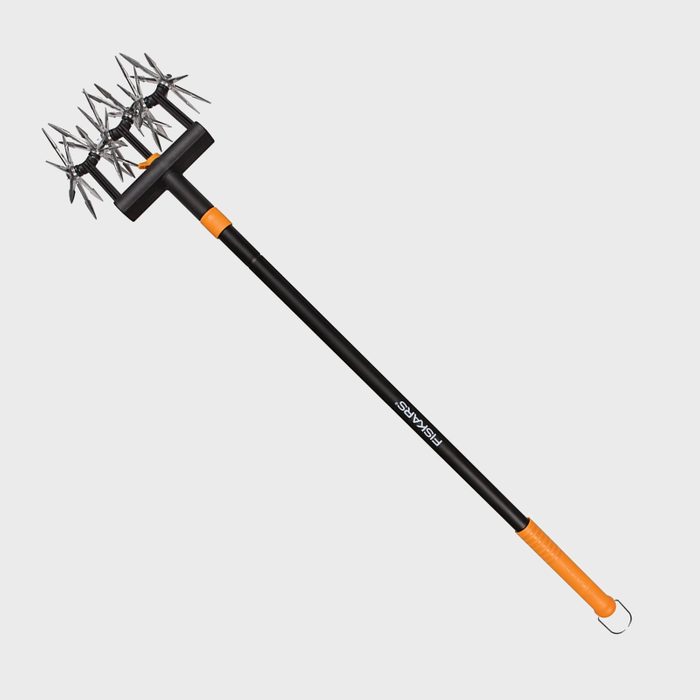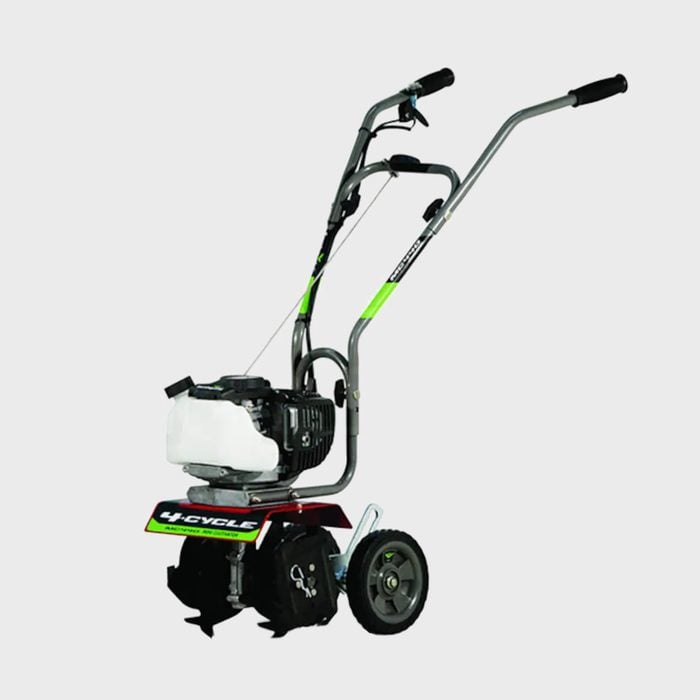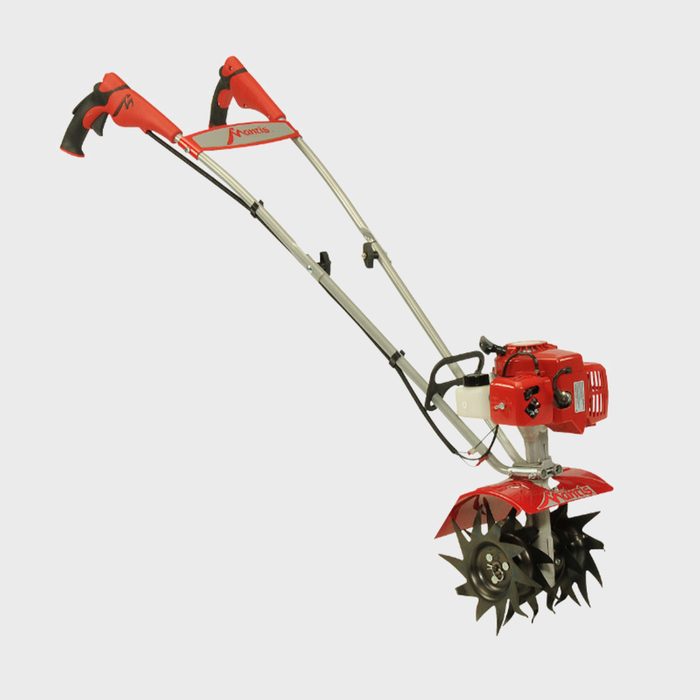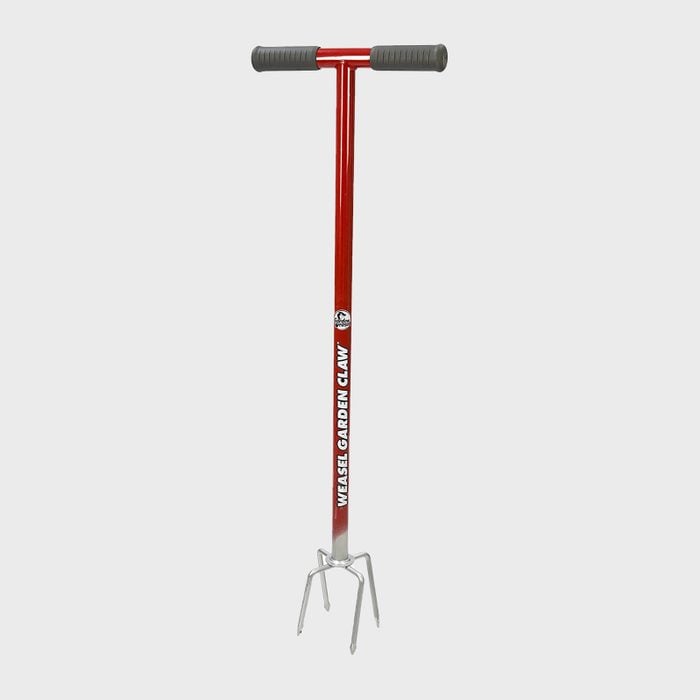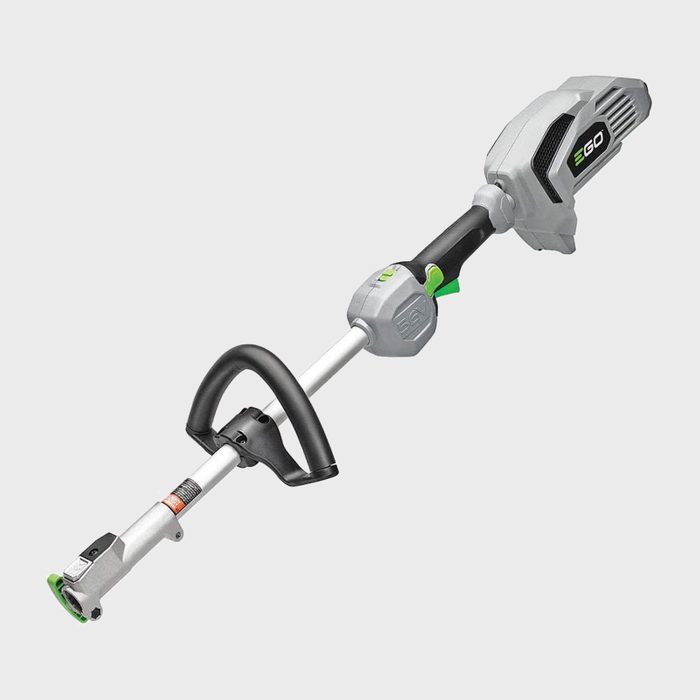Buying a Garden Cultivator
Cultivators are handy landscaping tools for prepping flower beds and vegetable gardens for the growing season. Often confused for small tillers, cultivators go beyond breaking up the soil. They aerate and mix soil with compost or fertilizer so the ground is ready for planting.
Katie Dubow, a gardening expert and president of Garden Media, says cultivators are especially helpful for those of us gardening in smaller spaces. “Tillers are better used on farms or when starting a new, larger garden,” she says. “But for the work a home gardener needs to accomplish, a cultivator is all you need.”
A cultivator breaks apart arid winter soil. It also keeps weeds at bay by churning them up so their seeds dry out.
A few essential things to consider when shopping for the best garden cultivator:
- Plot dimensions: Size matters. With a larger cultivator, you can work a big area more efficiently. For a tiny garden, a hand-held cultivator may be all you need.
- Depth and type of soil: Are you working with rocky or clay soil, or planting in soft flower beds? If the former is the case, you may need a combo cultivator/tiller.
- Ease of use: Wheeled cultivators increase mobility and offer better traction, especially for uneven and hilly terrain. “Look for extra-large handles with a comfortable grip,” Dubow says.
- Power: Options include gas or electric (cordless or corded). For cordless, choose one with a long-lasting battery pack. For corded, be sure there’s an electrical outlet nearby and/or use a long extension cord.
- Material: Since these tools live outside, whether kept in a shed or not, look for durable materials like steel. If you want wood handles, find ones that can be removed and replaced.
- Tine/blade length: The tine length determines how deeply you can cultivate the soil. Four inches is standard, and Dubow says you don’t need to go longer than six inches.
- Weight: If you’ve got raised flower beds or narrow rows of plantings, the lighter and more compact a cultivator is, the easier it is to handle.
- Cost: You can spend anywhere from $15 and $600 depending if the cultivator is hand-held or motorized, large or small.
Best Cordless Electric Garden Cultivator
Counter-oscillating tines and long battery run time are just two outstanding features of the Black+Decker 20-Volt Lithium-Ion Cordless Garden Cultivator/Tiller. The tines prevent weeds from getting tangled, and you can cultivate 325 square feet on a single charge.
For those trying to reduce their carbon footprint, the “zero-emissions” cultivator ensures that no gas will be spilled nor noxious fumes inhaled. And of course, it’s made by Black+Decker, a company that’s been producing high-quality tools since 1843.
Best Corded Electric Garden Cultivator
Promising a steady supply of power that cordless cultivators can’t, we chose the Earthwise 2.5-Amp Motor Corded Electric Tiller/Cultivator for its powerhouse performance and quiet operation. It won’t let you down in the middle of the job.
Another plus: Ease of starting. One flip of a switch and you’re off. Its slim profile lets you get between rows of plants with ease, so it’s ideal for small to medium sized yards. Sure, you have to deal with the cord. But it’s a small price to pay for continuous cultivating from sunup to sundown.
Best Classic Hand-Held Garden Cultivator
Simple to store and cheap (less than $16), Dubow recommends the hand-held Centurion Big-Dig Aluminum Cultivator. “The large aluminum tines are ideal for loosening soil, removing seeds, weeding and doing other garden work,” says Dubow.
Because the Centurion is totally person-powered, you’ll work up a sweat turning over dirt and working in fertilizer. Still, it’s a fine choice for small-scale jobs.
Best Rotary Garden Cultivator
Fiskars Telescoping Rotary Cultivator is a trusty, stand up cultivating tool that works especially well in previously plowed earth. It has six rust-proof, spiked aluminum wheels that cut right through the soil.
Remove the center wheel when you want to cultivate around rows of seedlings or other delicate plantings. It comes with a sturdy carbon fiber head and durable all-steel shaft.
“Make sure to choose a cultivator with an adjustable handle for varying heights of users,” Dubow says. This Fiskar’s shaft fits the bill; it can be adjusted from 40 to 60 inches.
Best Four-Cycle Gas Garden Cultivator
The MC440 40cc Four-Cycle Garden Cultivator from Earthquake offers plenty of power and runs on gasoline only. No need to add messy oil to the fuel tank.
Use the Earthquake to aerate soil, blend in fertilizer and remove weeds. Its low-profile and lighter weight lets you effortlessly maneuver around plants. The wheels adjust, lifting and locking in place; lower them to make transport easy. Optional dethatcher and edger accessories are available.
One top Mower’s Direct reviewer, Michelle B. writes: “It runs great! I love that it takes just gas, and I don’t have to worry about mixing oil!”
Best Compact Gas-Powered Garden Cultivator
The compact Mantis Two-Cycle Tiller/Cultivator delivers big power yet weighs only 20 lbs. We also like how well this mini-machine maneuvers in tight spaces, especially along fences and walls.
It breaks through hard-packed sod and clay faster and easier than a garden spade or shovel. And lifting it up onto raised garden beds is no problem.
Best Stand-Up Garden Cultivator
The Garden Weasel Claw made our list because it eliminates bending or kneeling down — perfect for anyone with back troubles. The cultivating forked end is made of sturdy alloy steel. A simple twist cultivates, loosens, aerates and weeds, no matter the type of soil you’re turning.
The Claw comes assembled with a T-shaped handle that’s a cinch to store. Just hang on a hook.
Bonus: Best Garden Cultivator Attachment
For owners of Ego Multi Head Systems (available separately), the compatible Ego Power+ Cultivator Attachment gives you the freedom to churn over topsoil anywhere on your property.
It’s powered by a 56-volt lithium-ion battery. Simply click the attachment into the solid steel shaft and go to work. Heavy-duty steel tines adjust from 8- to 9-1/2-inches. The variable-speed trigger lets you to increase the force for digging in denser dirt, then reduce it when working in softer soil.

